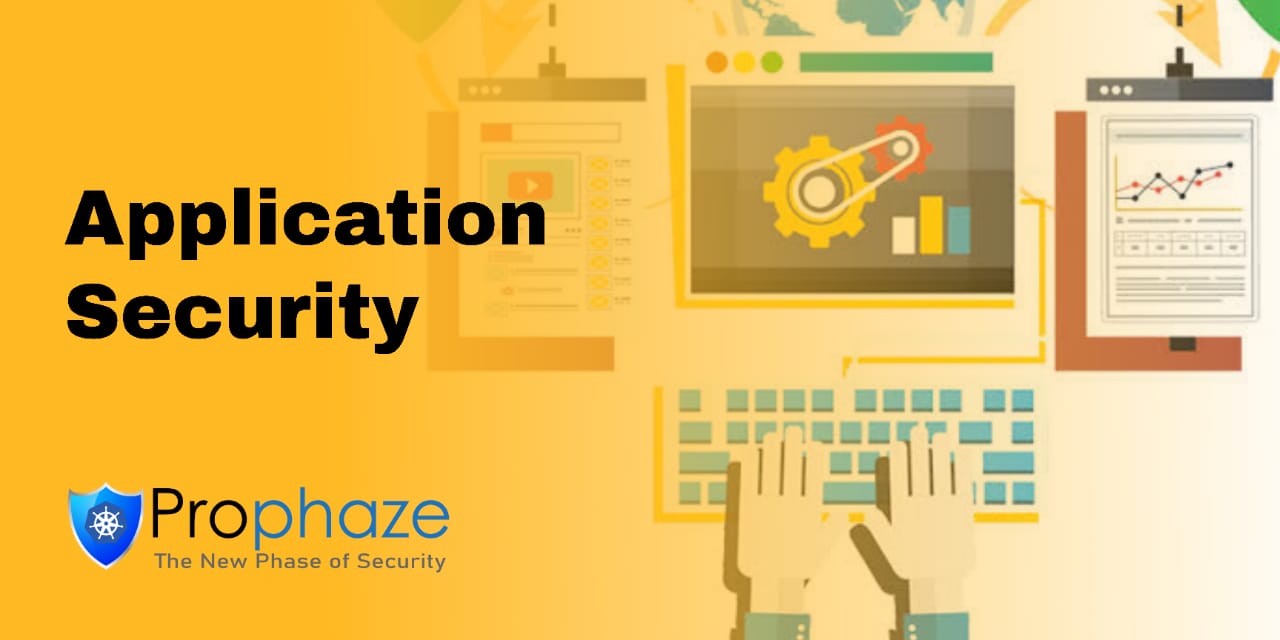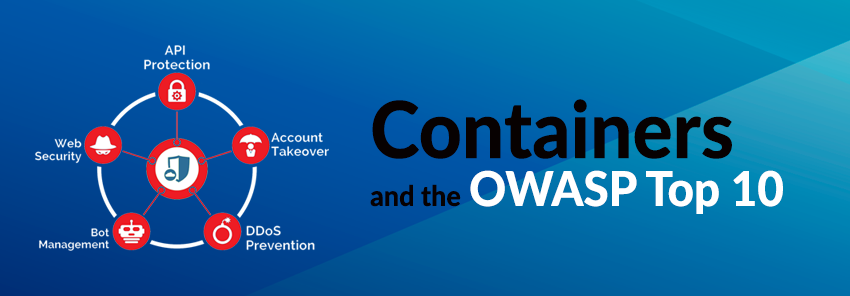Application Security

Application security is the method that is used to secure web apps. In this we find, fix and enhance the security of apps. Most of this takes place during development but the tools are also included. Application security has become the need of the hour as hackers are getting more and more sophisticated. It includes the security concerns that happen during application development and design, but it also involves systems and approaches to protect apps after they get deployed.
Application security may include hardware, software, and procedures that identify or minimize security vulnerabilities. A router that prevents anyone from viewing a computer’s IP address from the Internet is a form of hardware application security. Procedures can entail things like an application security routine that includes protocols such as regular testing.
83% of the 85,000 applications tested had at least one security flaw, according to Veracode’s State of Software Security Vol. 10 report. Not all of those flaws present a significant security risk, but the sheer number is troubling.
Types of application security
Authentication, authorization, encryption, logging, and application security testing are some of the features of application security.
Code applications can also be used by developers to reduce security vulnerabilities.
Authentication: In this, software developers build systems into an application to ensure that access to it is only gained by authorized users. The process of authentication ensures the credibility of users. This works by ensuring that the user enters a unique ID and password. Multifactor authentication may make use of multiple areas such as password, mobile and a thumbprint scan.
Authorization: The next step after authentication is authorization wherein a user will be allowed to use the application after being authenticated. Validation of the user may take place by the system by comparison of the user credentials to the existing database of genuine users. This is why the authentication must happen before authorization so that the application matches only validated user credentials to the authorized user list.
Encryption: Additional security measures can guard sensitive data against being viewed or even used by a cybercriminal. Applications that are cloud-based usually have important data flowing between them and their user which can be encrypted to avoid any bad actors from gaining access.
Logging: If there is a security breach in an application, logging can help identify who got access to the data and how. Application log files provide a time-stamped record of which aspects of the application were accessed and by whom.
Application security testing: This is an important method and requirement to ensure that all systems are safe and well protected from cyber attacks.


